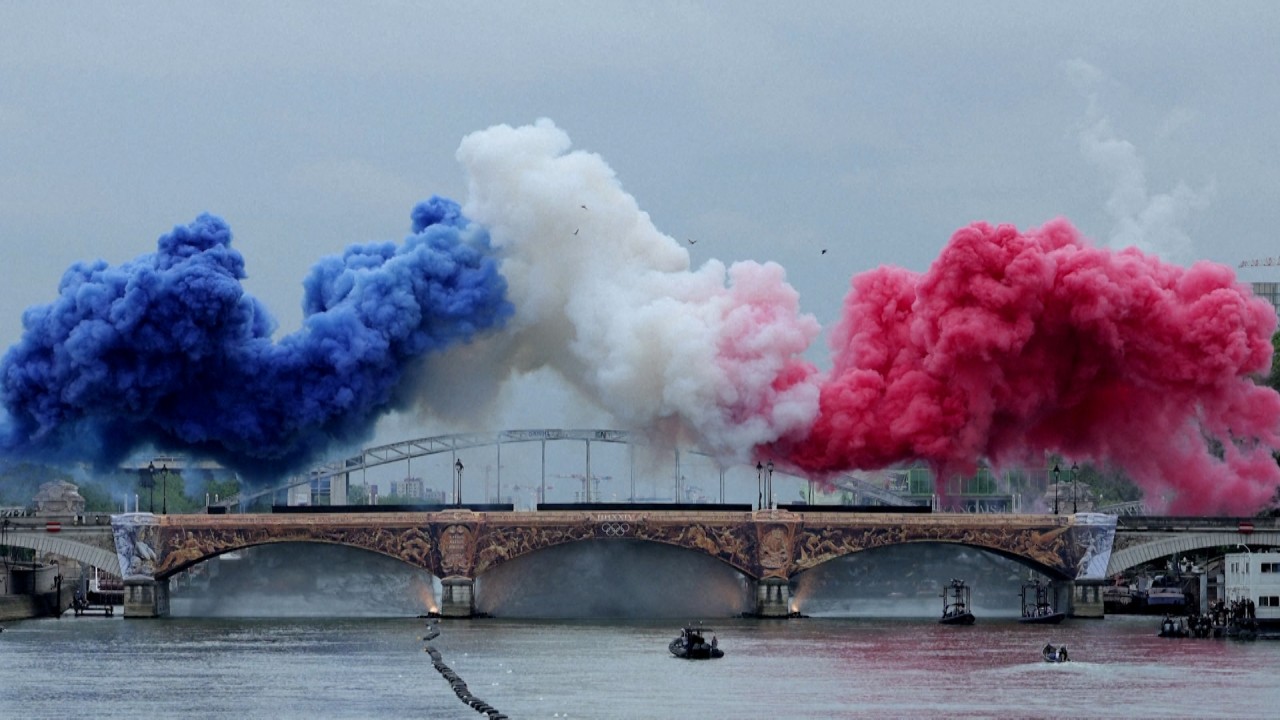Rather, it was a recognition of the evolution of French identity, culture and language.

Nakamura was born in the West African nation of Mali – which was under French colonial rule for 70 years until 1960 – but grew up on a housing estate in a banlieue of the northern part of the greater Paris region, Seine-Saint-Denis.
Built after the second world war, banlieues – although the term is officially socially neutral – have from the 1970s onwards been seen as economically deprived suburbs home to large immigrant populations. In this sense Nakamura represents the almost 50 per cent of France’s immigrant population who were born in Africa.
Nakamura’s music certainly shows multicultural influences, from zouk, French-Caribbean pop music from Martinique and Guadeloupe, to Afropop beats and elements of her Malian heritage. But it is her lyrics which linguists love – a mix of French, Arabic, English, West African languages like Bambara from Mali, and verlan.
Verlan is believed to have emerged in the non-European population of the Parisian suburbs. Derived initially in part from the argot – jargon or secret language – used in the Parisian criminal fraternity, and using coded words for controversial topics such as drugs and sex, to evade the authorities, verlan later grew to encompass a wider vocabulary.
The term verlan itself derives from French l’envers, meaning “the reverse” – the syllables “l’en” and “ver” are in reverse order, illustrating the main linguistic process applied. (Such processes have been used since the Middle Ages; Voltaire’s pseudonym is thought to have been a form of syllabic inversion, from Airvault, the writer’s original town.)

Verlan’s usage grew exponentially in particular in the 1980s and 1990s among second- and third-generation descendants of African migrants, and through African-French popular culture and music.
Some verlan words have entered the mainstream, including keuf, from French slang flic for police officer, and chelou from louche, meaning suspicious.
Urbanisation and migration led to verlan not only adapting French words, but also drawing on the languages of the diverse suburban population including Arabic, Romani, and English (oinj, for hashish cigarette, is from the English “joint”).
Verlan has come to stand for a multicultural, multilingual, marginalised community, and has allowed descendants of immigrants to construct positive hybrid identities.

Similar argots are found the world over; well-known English-based examples include Thieves’ Cant, used in England from the 16th to the 19th centuries, and the Cockney rhyming slang of London’s East End.
In China the syllabic script nushu, meaning “women’s writing”, was used by peasant women in Hunan province: it allowed subordinate, illiterate women in a male-dominated society to express themselves secretly through poetry, and to keep in contact with female relatives, offering them space and empowerment.
Empowerment was certainly on show when Nakamura made her grand entrance from the Institut de France, which houses the Académie Française. Founded in 1635, the Académie Française is France’s guardian of the French language, tasked with maintaining its purity and integrity.
The official authority on grammar, vocabulary and usage, it has been grappling with verlan’s increasing prominence – by excluding it from its volumes despite including other French slang.
Opening its hallowed doors to the performance by Nakamura – who was accompanied by no less than the Republican Guard band – is a symbolic and timely nod to migration, multiculturalism, and language evolution. As they might say in verlan – for c’est fou, “it’s crazy, great” – C’est ouf!


